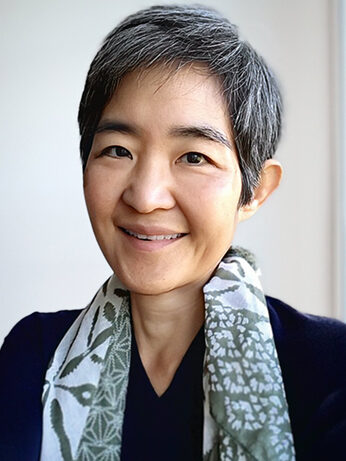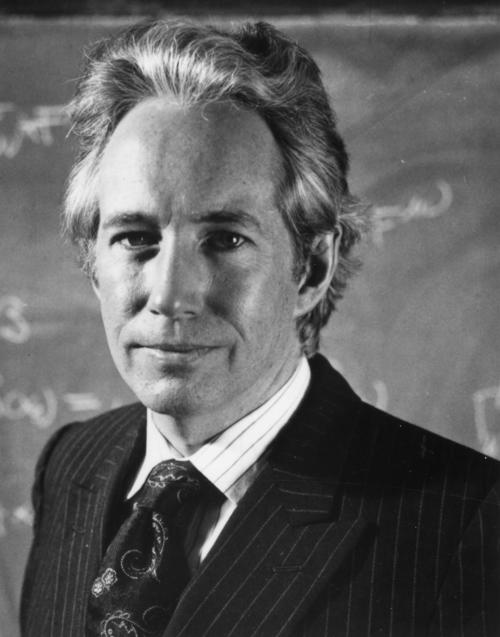

Public Lecture
How Did We Get Here? The Origins of Stars and Planets
Joan R. Najita
Wed, Jul 17, 5:30–6:30pm
While stars and planets are thought to arise in molecular clouds, from flattened disks of interstellar matter, the transformation process is complex, spanning many orders of magnitude and involving many physical processes. From a theoretical perspective alone, it’s often unclear how the ideas fit together, a situation that leaves open many ways for things to go wrong. So how does this transformation really work? Observations with powerful space telescopes and Earth-based facilities are providing vital clues. By studying the birthplaces of planets as well as planetary systems orbiting stars beyond the Sun, we’ve gleaned new insights, while also raising new questions that challenge us. Najita will describe our current picture of the origins of stars and planets, the new insights gained, and the challenges we face. She’ll also comment on what the results say about how humans make scientific advances and the kinds of investments that are vital to sustaining discovery.

About Joan R. Najita
Joan R. Najita is an astronomer at NOIRLab, the National Science Foundation’s research and development center for ground-based optical and infrared astronomy. Her research is primarily aimed at understanding how stars form from interstellar clouds and how disks surrounding young stars evolve to produce planets and the chemical ingredients of life. In recent years, she has pioneered the development of innovative techniques to probe planet-formation environments, including infrared molecular spectroscopy of disks, thermal-chemical models of disk atmospheres, and the synthesis of diverse data sets.
Najita earned her B.A. in physics at Harvard University and her M.A. and Ph.D. in astronomy from the University of California, Berkeley. She is actively engaged in communicating science to the public and has a lifelong interest in the power of science to inspire and in the role of science in society. She was a 2021–2022 fellow at the Harvard Radcliffe Institute for Advanced Study, an interdisciplinary research center in Cambridge.
Heinz R. Pagels Public Lecture Series
Heinz R Pagels was a professor of physics at Rockefeller University, president of the New York Academy of Science, a trustee of the Aspen Institute, and a member of the Aspen Center for Physics for twenty years, serving as a participant, officer, and trustee. He was also President of the International League for Human Rights. His work on chaos theory inspired the character of Ian Malcolm in the Jurassic Park book and movies. A part-time local resident, Professor Pagels died here in a mountaineering accident in 1988. His family and friends instituted the lecture series in his honor because he devoted a substantial part of his life to effective public dissemination of scientific knowledge.
